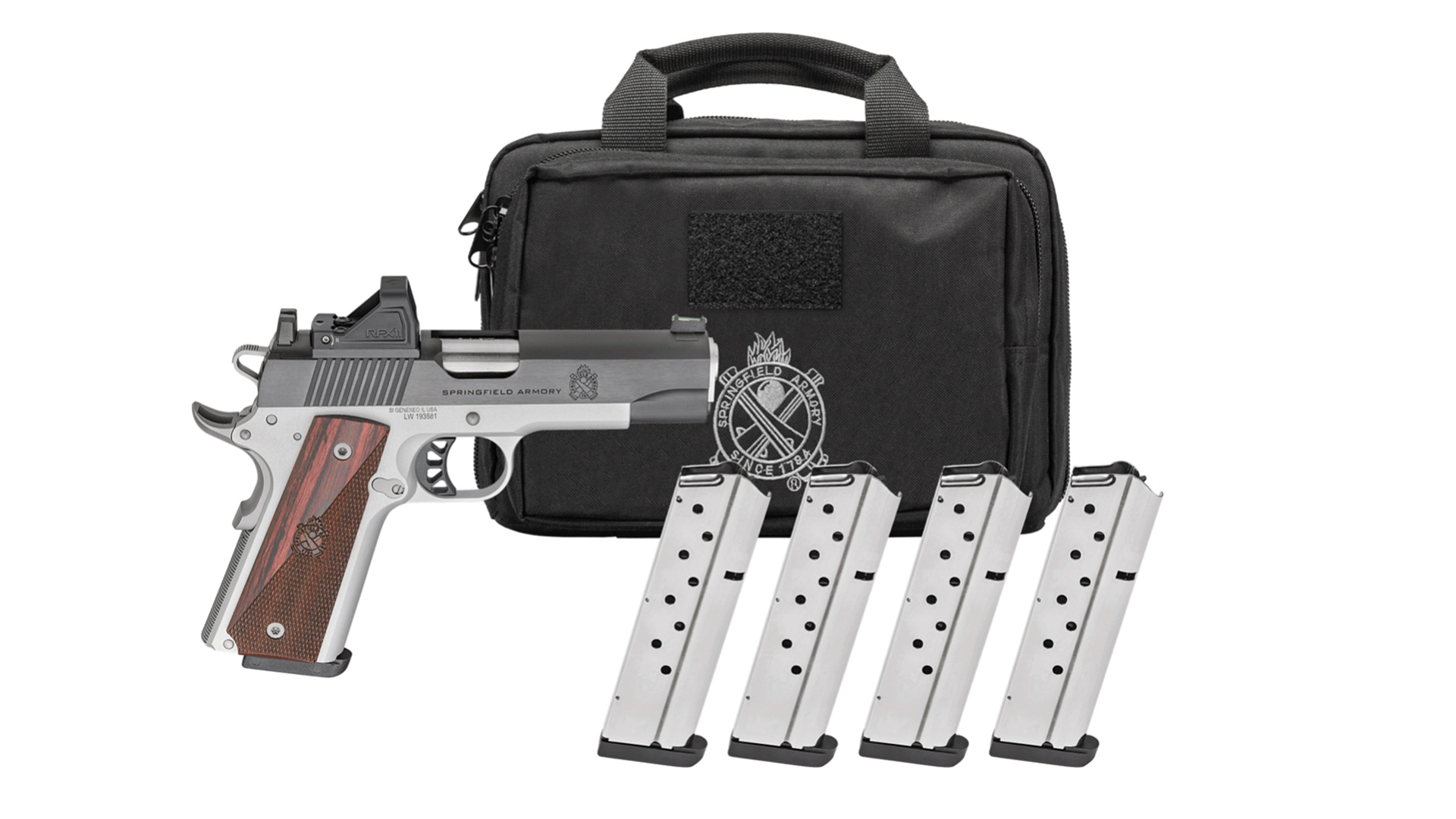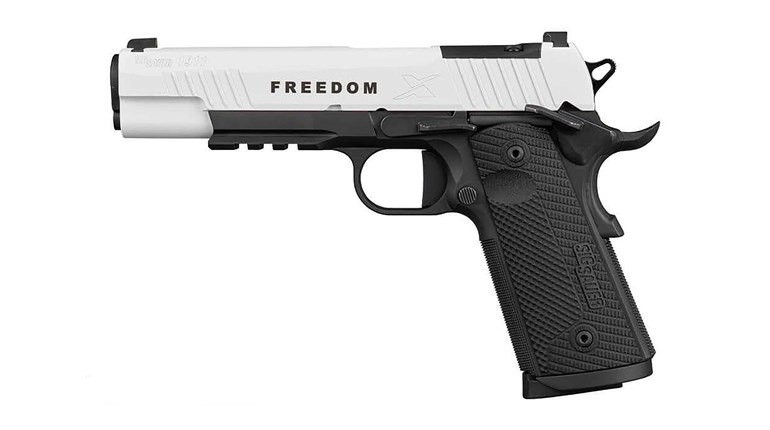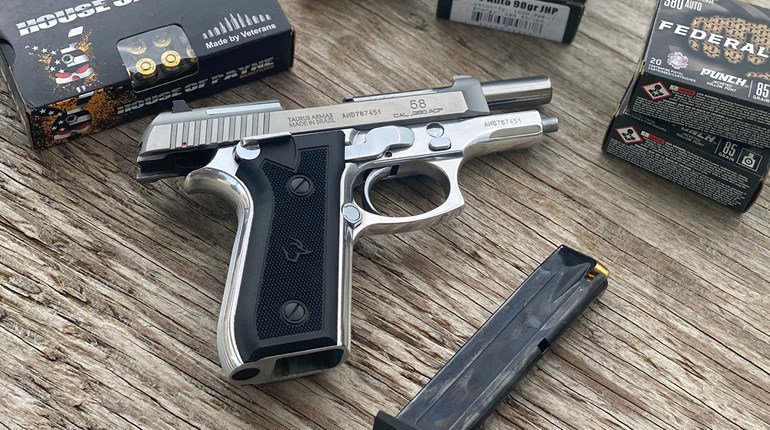
Every so often, something that happens on a range serves to remind me that rather than dying or fading away, good lessons just keep chugging along. That these events usually involve high-stress competition or shooting instruction is evidence that well-executed training can expose the best (and worst) of our equipment and skill sets. The present example involves prioritizing function over form, and comes from a friend who recently attended a high-round-count carbine course. Apparently, as he uncased a rather nondescript, direct-impingement AR carbine chambered in 5.56 NATO, my friend drew immediate ridicule for committing the unpardonable sin of bringing a gun that did not bear an “accepted” brand name. He was unfazed, as in his words, the no-frills rifle was simply “built to go bang and hit targets.” What a concept.
By concentrating on his own shooting instead of impressing those around him, my friend used a non-magnified red-dot sight to consistently hit large and small steel targets out to 500 yards, which made him the exception of the class. His rifle was also the only one that ran without issue. While most of the other guns were still shooting after several hundred rounds, they required copious oil and periodic wipe-downs to remain functional. Conversely, my friend’s little carbine began the day cleaned and properly lubricated, then ran the entire time without further maintenance.
This is a great example of what happens when one focuses on shooting one rifle really well and leaves things like aesthetics and peer acceptance for the clique crowd to worry about. It really does not matter which firearm you choose to master, so long as it works and is capable of meeting your needs. In practiced hands, rack-grade rifles can be just as effective as fancy ones and, to be honest, you will be better served by concentrating on simplicity first and then adding more pieces to the puzzle later, if at all. Focus on learning the controls backward and forward so you can safely load and operate it, and remedy malfunctions while keeping your eyes on other concerns.
Next up on the familiarity list is to have a good zero that you trust. Not only is it important to ensure that your sighting system is matched up to your ammunition at the desired distance, but you should also be able to discern what that distance looks like without the aid of conveniently spaced berms or a rangefinder. Knowing how to compensate for your pet ammo load at other practical distances is important, too.
Simplicity in sighting systems is a good thing, especially for rifles that are primarily intended for defensive use at realistic distances. Having an optic that allows you to measure the spread on a trophy buck’s rack at 1,000 yards is not real helpful if the scope is so cumbersome that you cannot quickly bring it to bear on a close target. I can attest to the fact that receiving accurate, incoming fire will quickly reveal any flaws in your rifle’s setup. Surviving to learn from those errors gives you the opportunity to ensure that they are not repeated. A good rule of thumb for sights is that if you cannot instantly get them on target under intense stress, they are the wrong choice for protecting you and your loved ones.
If you are at a loss for how to get the most out of limited range time or are simply overwhelmed by trying to up your game in too many areas, dial it back down around core rifle skills that can be built upon later. Included in that category are the fundamentals of proper body position, sight alignment, breathing and trigger manipulation. Next, practicing tangential skills, such as shooting from behind cover, using non-standard positions, performing tactical reloads and dealing with multiple targets can be mastered as you progress. This is usually where it helps to seek professional training, even if only once, in order to cultivate sound habits under the watchful eyes of an experienced instructor. Regardless of whether you get help through the NRA’s extensive roster of training opportunities (firearmtraining.nra.org), attend a well-known trainer’s course or find assistance on a flyer tacked to your range’s bulletin board, your bare-bones rifle will be happy to accompany you on the ride.
Most of us have probably seen someone with a bunch of rifles configured so differently that they get confused by the controls or operating systems whenever they switch guns. Being that person in a life-or-death situation can get you killed.
Nonetheless, some shooters simply have needs that cannot be remedied by a single rifle. Should you be in that category, the best you can do is to set up your controls, sights and ancillary devices as similarly as possible and then ensure that you can swap from one firearm to another without having to fumble around.
I learned this lesson the hard way 25 years ago. At that time, my job required a high level of proficiency with so many different firearms, it was often difficult to decide what to train with. As a result, I began taking several guns to the range together, mistakenly thinking I would get something useful accomplished. I did not. Eventually, I arrived at the now-obvious answer of striving to master my main rifle (and pistol), with my other assigned firearms seeing daylight only after I was absolutely solid with my primary guns.
The next time you find yourself standing in front of a safe, closet or feed sack full of rifles, pick a gun—any gun—then go and get real good with it. When your rifle feels as natural in-hand as the EDC handgun you only notice when it’s not carried, you are on the right track.





































